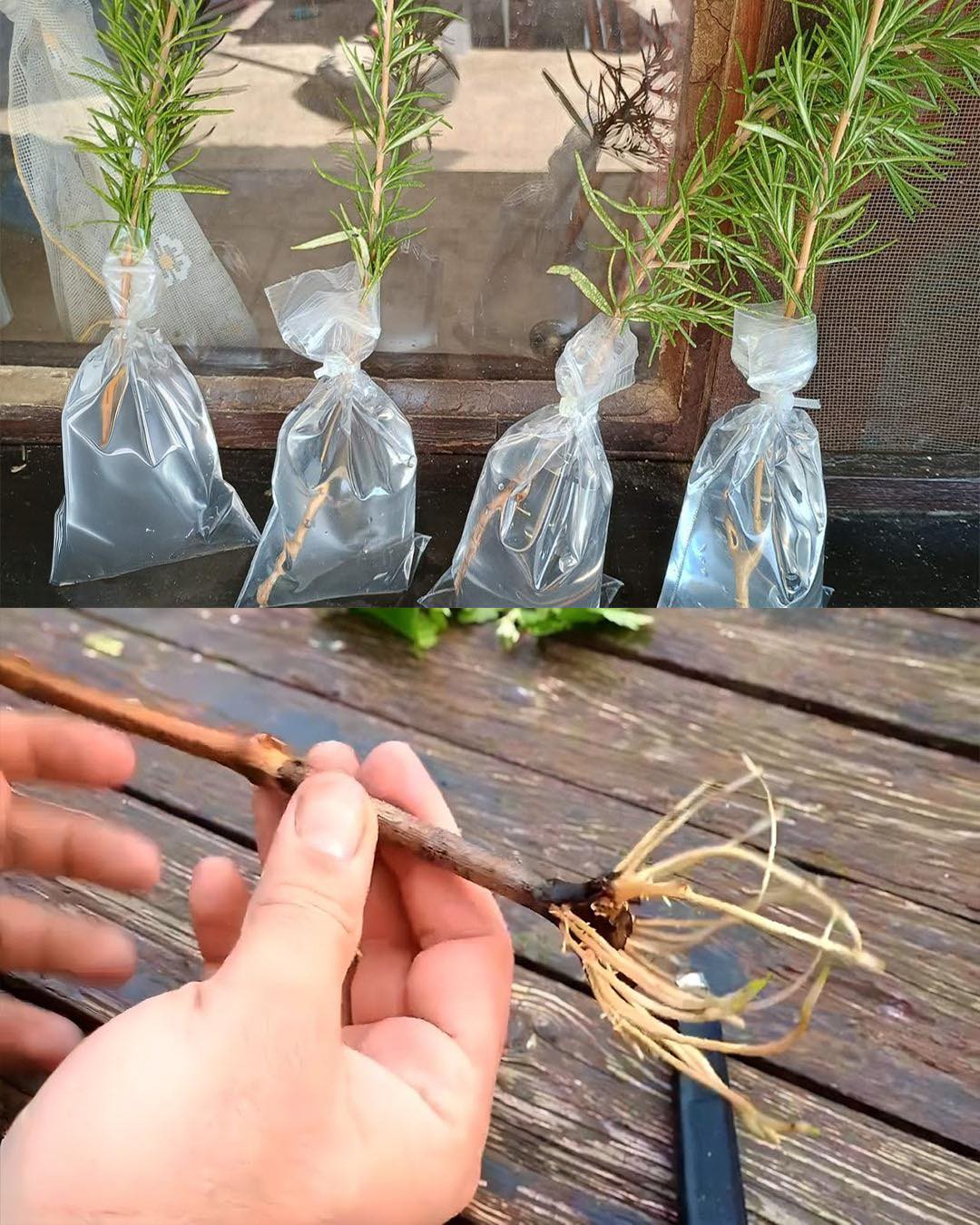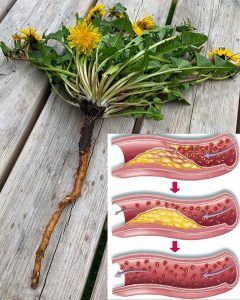
Mango, Guava, and Soursop Leaf Tea: Ancient Leaves with Modern Hopes
In many parts of the world, people have long turned to nature for healing. And among the most respected plants…

If you’ve ever wished to multiply your favorite plants without spending money on new seedlings, there’s a surprisingly simple method that works for a wide variety of species. With just a few materials and some patience, you can root cuttings from rosemary, lavender, figs, grapevines, lemons, tomatoes, and more. This approach not only helps you expand your garden but also allows you to share plants with friends and family or even start a small seedling business.

Below is a step-by-step guide to this technique, including variations for different plants.
Choose healthy branches from your desired plant. Cuttings should generally be 20–30 cm long. Remove the leaves or needles from the lower 10 cm of the stem—this bare section will be submerged in water and is where new roots will form.
Roots usually appear in 4–8 weeks, depending on the plant.
These aromatic herbs root reliably with the bag method. After 6–8 weeks, once strong roots appear, transfer the cuttings into small pots. As they grow, you can repot them into larger containers or directly into the garden.
A slightly different approach works well for figs. Instead of fully cutting the branch, make a partial cut while it is still attached to the tree. Place a water-filled bag around the cut section and secure it. In a few weeks, roots begin to form. Once established, the branch can be fully cut and transplanted.
Grapevine cuttings can also be rooted in water, but instead of bags, plastic cups work better. Place the base of each cutting into a cup with water and wait for roots to appear. This may take a little longer, but once rooted, you can plant them outdoors and watch them develop into productive vines.
Lemon branches also respond well to water-rooting. However, to produce fruiting lemon trees like those in orchards, grafting is often required. Still, rooting lemon cuttings is a great way to start growing citrus at home.
Tomatoes are particularly easy. When pruning, you often remove small side shoots known as “suckers.” Instead of throwing them away, simply place them in water. Within just a few weeks, roots develop, and you’ll have free new tomato plants ready for late-season planting.
Once the cuttings have developed a healthy root system:
Over time, the seedlings can be transferred to larger pots or directly into the garden.
This method of rooting cuttings in water is one of the easiest and most effective ways to grow new plants. Whether you want to expand your herb garden with rosemary and lavender, propagate fruit trees like figs and lemons, or quickly multiply tomatoes and grapevines, this technique works beautifully.
By following these steps, you’ll not only save money but also gain the satisfaction of creating thriving new plants with your own hands. And the best part is—you can do it with just a few simple tools and a little patience.

In many parts of the world, people have long turned to nature for healing. And among the most respected plants…

Purslane (Verdolaga) has transformed from a nuisance in gardens to a valuable treasure! This extraordinary plant is reclaiming its position…

Dandelion root coffee is a caffeine-free, herbal beverage made from roasted dandelion roots. This earthy, slightly bitter drink is packed…

Mimosa pudica, often called the “sensitive plant” or “touch-me-not,” is famous for its unique response to touch, folding its leaves…

When people think of the castor plant (Ricinus communis), they usually think of castor oil. But did you know that…

In many parts of the world, people have long turned to nature for healing. And among the most respected plants…

Ingredients: 1 cup blueberries 🫐 1 mango, peeled and sliced 🥭 2 passionfruits, seeds scooped out 🍋…

Ingredients: For the Salmon: 2 salmon fillets 2 tablespoons honey 1 tablespoon Dijon mustard 1/2 teaspoon black pepper 1/2 teaspoon…

I moved to a broken-down farm I’d just inherited, hoping for peace. But when my neighbor copied my yellow fence,…

Ingredients For the Chili: 3 dried guajillo or New Mexico chiles 3 dried…

A hands-on bride, a tender mother’s tribute in something blue, and music drawn from a romantic first movie night came…

The ultra-wealthy are investing in cryogenic freezing, preserving their bodies at ultra-low temperatures with the hope that future science will…